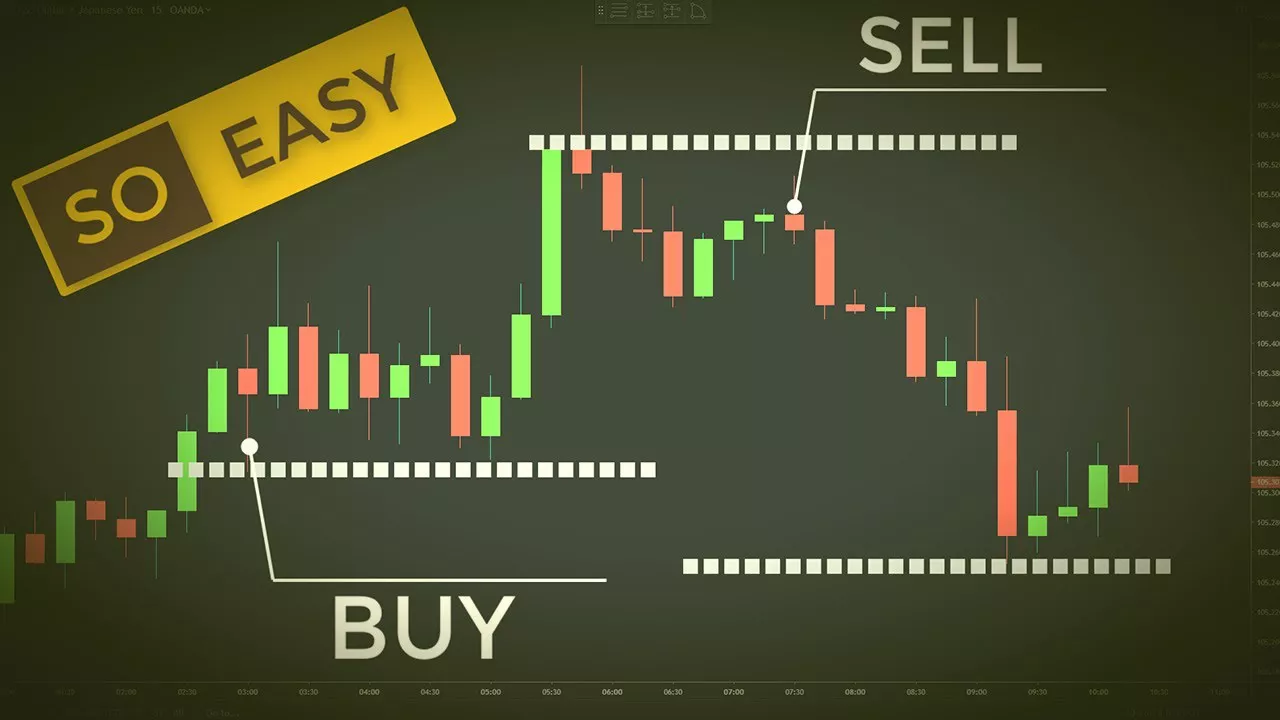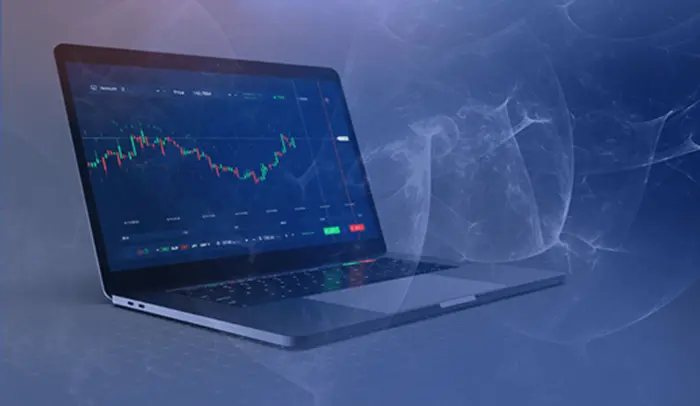Withdrawing USD from blockchain-based platforms is an essential step for many cryptocurrency users. Blockchain networks, particularly those that deal with cryptocurrencies like Bitcoin, Ethereum, and others, offer a decentralized environment. While this is beneficial for security, privacy, and transaction speed, it can also make withdrawing funds to traditional fiat currencies like USD somewhat complex.
This article will guide you through the process of withdrawing USD from blockchain platforms, focusing on the most common methods, the fees involved, and important considerations when doing so.
What is Blockchain?
Before diving into the withdrawal process, it is important to understand the basics of blockchain. Blockchain is a distributed ledger technology that allows for secure, transparent, and decentralized transactions. It is the underlying technology behind cryptocurrencies and provides users with the ability to transfer assets across the globe without relying on central intermediaries like banks.
However, blockchain-based platforms and cryptocurrencies, while offering numerous benefits, do not natively support traditional banking systems, which is why withdrawing to USD requires converting the cryptocurrency into a fiat currency through exchanges, payment gateways, or financial institutions.
Methods to Withdraw USD from Blockchain
There are several ways to withdraw USD from blockchain-based platforms, depending on the platform you are using, the cryptocurrency you have, and your location. Here are the most common methods:
1. Through Cryptocurrency Exchanges
Cryptocurrency exchanges are one of the most popular platforms for converting cryptocurrencies into fiat currencies like USD. These exchanges allow users to trade their digital assets for USD and then withdraw the fiat currency into their bank accounts.
Steps to Withdraw USD from Blockchain via Exchange:
Choose an Exchange: Select a reputable cryptocurrency exchange that supports USD withdrawals. Popular exchanges include Coinbase, Binance, Kraken, and Bitstamp.
Create an Account: If you don’t already have an account, you will need to create one on the exchange. This usually requires submitting personal information and verifying your identity for security and regulatory compliance.
Deposit Cryptocurrency into the Exchange: Transfer the cryptocurrency you wish to convert to USD from your blockchain wallet to the exchange wallet. This is typically done by copying the deposit address from the exchange and sending your cryptocurrency there.
Sell Cryptocurrency for USD: Once the cryptocurrency is deposited, you can sell it for USD. You can either place a market order (to sell at the current market price) or a limit order (to sell at a specified price).
Withdraw USD to Your Bank Account: After the sale, your USD balance will appear on the exchange. You can now withdraw the USD to your linked bank account. Be sure to select a withdrawal method supported by the exchange, such as bank transfer (ACH), wire transfer, or PayPal.
Fees and Considerations:
Trading Fees: Exchanges charge fees for buying, selling, and converting cryptocurrencies. These fees can range from 0.1% to 0.5%, depending on the exchange and the size of your transaction.
Withdrawal Fees: Most exchanges charge a fee for withdrawing funds to your bank account. Bank transfers typically have lower fees than PayPal withdrawals.
Processing Time: Bank transfers can take 1-3 business days to complete, while PayPal withdrawals are often faster.
2. Using Peer-to-Peer (P2P) Platforms
Peer-to-peer (P2P) platforms allow users to buy and sell cryptocurrencies directly with other users. Some P2P platforms support withdrawals to USD, allowing users to sell their cryptocurrencies and transfer the USD to a local bank account or other payment methods.
Steps to Withdraw USD from Blockchain via P2P:
Choose a P2P Platform: Select a P2P exchange such as LocalBitcoins, LocalCryptos, or Paxful. These platforms connect buyers and sellers directly, allowing for a variety of payment methods, including bank transfers, PayPal, and even cash.
Create an Account: Similar to exchanges, you will need to create an account and verify your identity on the platform to ensure the security of transactions.
Find a Buyer: Once your account is set up, search for a buyer willing to purchase your cryptocurrency. You can filter by payment method (such as USD bank transfer), and choose an offer based on your preferences.
Complete the Transaction: Once you find a buyer, initiate the trade. The P2P platform will hold the cryptocurrency in escrow until the buyer transfers the agreed-upon USD to your account.
Withdraw USD to Your Bank Account: After the buyer sends the payment, confirm the transaction on the P2P platform to release the cryptocurrency. The USD payment can now be withdrawn to your bank account or another payment method.
Fees and Considerations:
Transaction Fees: P2P platforms charge fees for facilitating transactions. These fees tend to be lower than those of exchanges, but can vary depending on the platform and the transaction size.
Payment Methods: P2P platforms support a wide range of payment methods, but you should always verify the legitimacy of the buyer to avoid fraud.
Security: Make sure to use the escrow system provided by the platform to avoid potential scams.
3. Using a Cryptocurrency Debit Card
Cryptocurrency debit cards are a convenient way to convert cryptocurrency into USD. These cards allow users to spend their cryptocurrency at merchants that accept regular debit cards and withdraw cash from ATMs in USD.
Steps to Withdraw USD from Blockchain via Crypto Debit Cards:
Order a Cryptocurrency Debit Card: Companies like Crypto.com, Binance, and Coinbase offer crypto debit cards. You can apply for one on their respective websites or apps.
Link Your Blockchain Account to the Card: Once you receive the card, link it to your cryptocurrency wallet or exchange account where your cryptocurrency is stored. Some platforms allow you to deposit directly from your blockchain wallet to the card.
Convert Crypto to USD: When using the crypto debit card, you can convert the cryptocurrency to USD directly within the card’s app or through the associated platform.
Withdraw Cash from ATMs: You can use the card to withdraw USD from ATMs, just like a regular debit card. The platform may charge a fee for ATM withdrawals, so it’s important to check the card’s terms.
Make Purchases in USD: You can also use the card to make purchases at merchants that accept traditional debit cards. The transaction will be settled in USD.
Fees and Considerations:
Card Issuance Fees: Many crypto debit cards have a fee for card issuance and maintenance, which can range from $10 to $200 per year, depending on the card tier.
ATM Withdrawal Fees: ATM withdrawals often come with fees, and there may be withdrawal limits.
Conversion Fees: Converting your cryptocurrency to USD on the card platform may involve small conversion fees.
4. Using Stablecoins
Stablecoins are cryptocurrencies designed to maintain a stable value relative to fiat currencies, such as USD. These coins are typically pegged to the value of a traditional currency, like USD, making them an attractive option for those looking to avoid the volatility of regular cryptocurrencies like Bitcoin.
Steps to Withdraw USD from Blockchain Using Stablecoins:
Convert Your Crypto to Stablecoin: On a platform like Coinbase or Binance, you can exchange your volatile cryptocurrency (e.g., Bitcoin) for a stablecoin such as USDT (Tether), USDC, or DAI. These stablecoins are backed 1:1 by USD or other assets.
Withdraw Stablecoin to Exchange: Once you’ve exchanged your crypto for a stablecoin, you can send the stablecoin to a cryptocurrency exchange that supports USD withdrawals.
Sell Stablecoin for USD: On the exchange, sell your stablecoin for USD. Since stablecoins are pegged to the USD, this process is relatively straightforward.
Withdraw USD to Your Bank Account: After selling the stablecoin for USD, you can withdraw the USD to your linked bank account.
Fees and Considerations:
Conversion Fees: There may be small fees associated with converting from crypto to stablecoin and back to USD.
Stablecoin Risks: While stablecoins are designed to maintain a stable value, it’s important to research the specific stablecoin’s backing mechanism to ensure it’s secure and reliable.
Important Considerations When Withdrawing USD from Blockchain
Withdrawing USD from blockchain-based platforms involves several considerations to ensure a smooth and secure transaction:
1. Transaction Fees
Fees are an essential part of any withdrawal process. Whether you’re using an exchange, P2P platform, or debit card, make sure to understand the withdrawal fees. These can vary depending on the platform, payment method, and even the cryptocurrency being withdrawn.
2. Processing Times
Depending on the method you use, processing times for withdrawing USD can vary. Bank transfers may take 1-3 business days, while PayPal withdrawals can be faster. P2P transactions and crypto debit cards may offer near-instantaneous access to funds.
3. Security and Fraud Prevention
Always ensure that you are using a reputable platform and follow security best practices, such as enabling two-factor authentication (2FA) on your accounts and checking the legitimacy of any P2P buyer or seller. Blockchain transactions are irreversible, so it’s important to confirm all details before proceeding.
4. Regulations and Compliance
Cryptocurrency exchanges and platforms must comply with local regulations and Anti-Money Laundering (AML) laws. Make sure that the platform you choose follows these regulations and that you provide any necessary documentation during the withdrawal process.
Conclusion
Withdrawing USD from blockchain can seem complicated, but by choosing the right platform and method, it is relatively straightforward. Whether you use a cryptocurrency exchange, a P2P platform, a crypto debit card, or stablecoins, it’s crucial to understand the process, fees, and timelines involved. By considering these factors, you can safely and efficiently convert your blockchain-based assets into USD and access them through traditional banking channels.
Related topics:




























